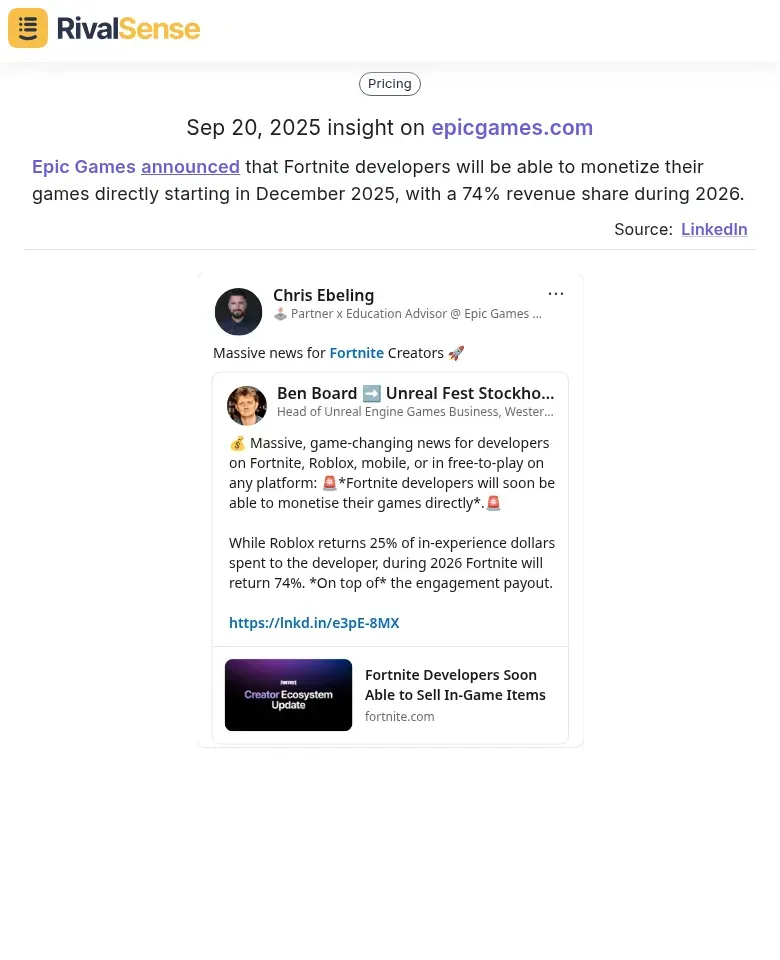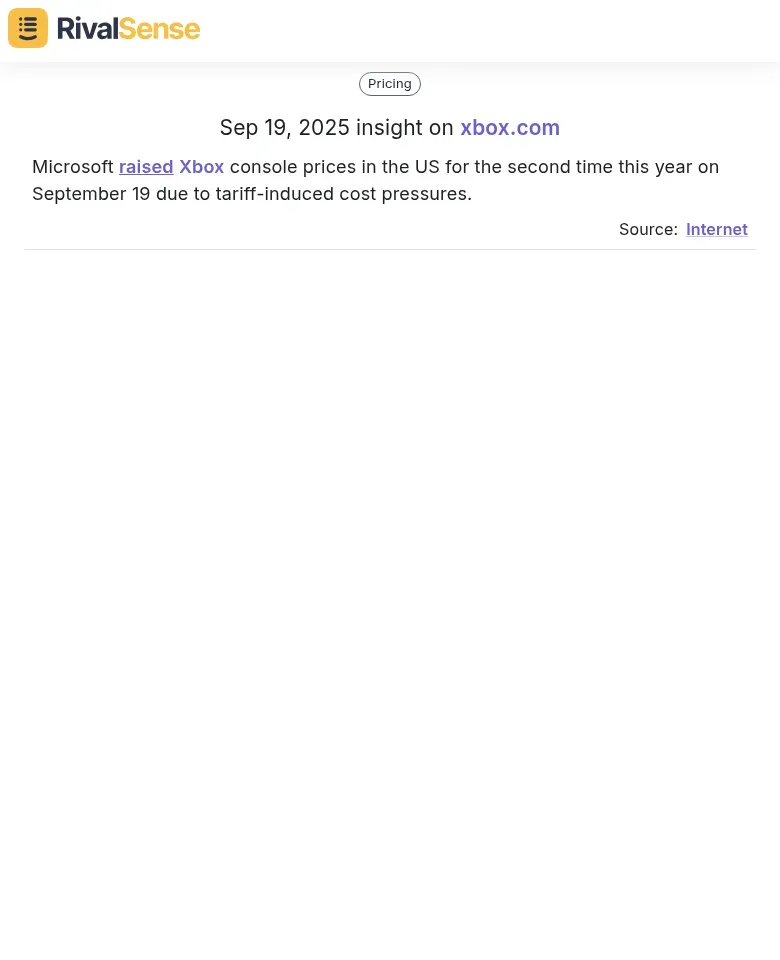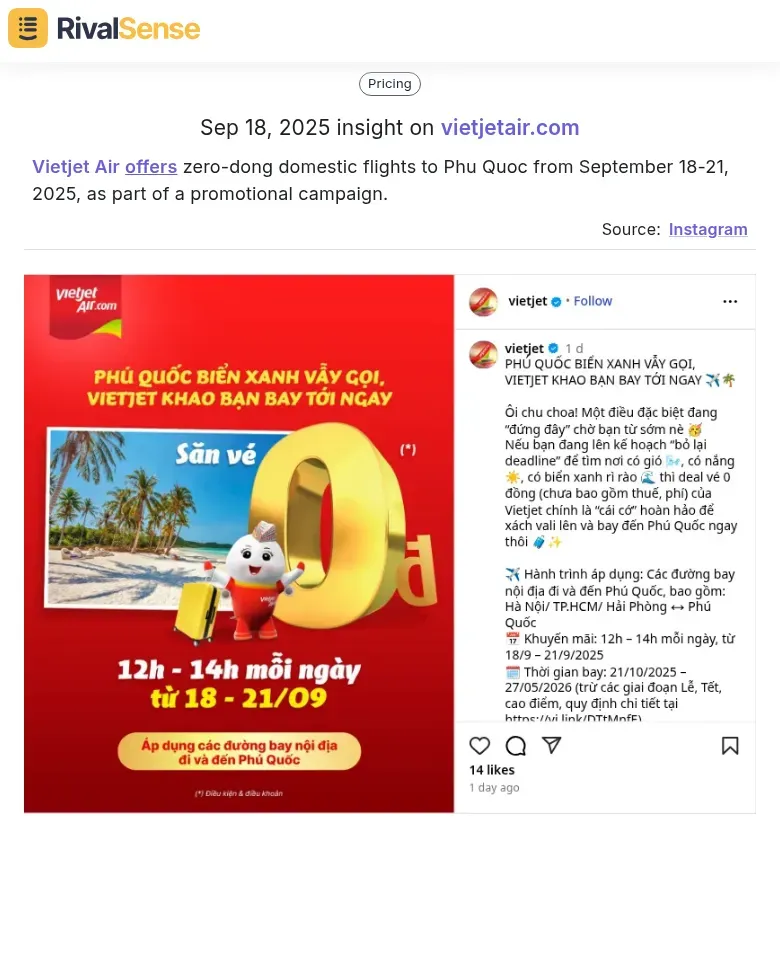Predictive Pricing Insights: Outsmart Competitors in Key Account Management
Predictive pricing is revolutionizing key account management by shifting from reactive tactics to proactive strategies. Traditional approaches rely on historical data and post-facto analysis, but predictive models use real-time competitor insights to anticipate pricing moves before they occur. This enables businesses to adjust their account strategies dynamically, securing deals and retaining high-value clients. For instance, by monitoring competitor discount patterns or seasonal promotions, you can preemptively offer tailored incentives to key accounts, preventing churn and enhancing loyalty.
To leverage predictive pricing effectively, start by integrating competitor tracking tools that provide real-time alerts on pricing changes. Develop a checklist: regularly analyze competitor pricing trends, set up automated alerts for significant shifts, and train your sales team to interpret these insights for proactive negotiations. Additionally, use scenario planning to simulate competitor responses to your pricing strategies, ensuring you stay ahead. This approach not only mitigates risks but also positions your business as a strategic partner, fostering long-term account relationships and driving sustainable growth.
Analyzing Competitor Revenue Models and Monetization Strategies
Understanding how competitors structure their revenue models provides critical foresight into future pricing strategies. By tracking shifts in monetization approaches, you can anticipate market trends and adjust your own offerings proactively. For example, if a rival transitions from flat fees to usage-based pricing, it often signals a focus on high-volume clients and potential tiered discounts.
A recent RivalSense insight revealed that Epic Games announced Fortnite developers will be able to monetize their games directly starting in December 2025, with a 74% revenue share during 2026. This type of insight into revenue model changes is invaluable because it helps you predict how competitors might evolve their pricing, allowing you to refine your monetization strategies to better align with key account expectations and market demands.

Use this intelligence to position your value proposition effectively. If competitors are pushing enterprise packages, highlight your flexible, scalable solutions for mid-market clients. Practical steps:
- ✅ Regularly audit competitor pricing pages and financial reports for changes
- ✅ Set up alerts for pricing announcements or model updates using tools like RivalSense
- ✅ Benchmark your offerings against theirs to identify gaps or advantages
- ✅ Adjust your messaging to emphasize unique benefits, such as superior customer support or customization
This proactive approach helps you stay ahead in key account negotiations and avoid reactive price wars.
Monitoring External Factors and Cost-Driven Price Adjustments
External factors like tariffs, supply chain disruptions, and raw material costs frequently compel competitors to adjust their pricing in predictable ways. By systematically monitoring these pressures, you can forecast price changes and strategize accordingly. For instance, tracking trade news and supplier announcements allows you to correlate cost events with competitor actions.
RivalSense detected that Microsoft raised Xbox console prices in the US for the second time this year on September 19 due to tariff-induced cost pressures. Insights into cost-driven price adjustments are crucial because they enable you to anticipate when competitors might increase prices, giving you a strategic window to hold your prices steady or implement smaller, staggered increases to appear more stable and win price-sensitive clients.

Leverage these insights by modeling scenarios for your own pricing. Checklist for action:
- 🔔 Set alerts for tariff updates and supplier cost news
- 📊 Analyze competitor price histories post-cost events
- 🎯 Model aggressive holds or modest hikes to maximize margin or market share
This turns external pressures into opportunities for gaining a competitive edge.
Capitalizing on Promotional Pricing and Market Entry Strategies
Competitor promotional campaigns offer more than just discount alerts—they reveal strategic market entry points and segment testing. When rivals launch aggressive price reductions, it often indicates efforts to penetrate new markets or defend key accounts. By analyzing these patterns, you can identify underserved areas and time your initiatives for maximum impact.
For example, RivalSense captured that Vietjet Air offered zero-dong domestic flights to Phu Quoc from September 18-21, 2025, as part of a promotional campaign. Such insights into promotional pricing are highly valuable because they expose competitor tactics for entering new markets, allowing you to counter with timed promotions or adjust your pricing to attract key accounts before competitors gain traction.

Practical steps to capitalize on promotions:
- 📅 Monitor competitor discount cycles and correlate with market launches
- 🎯 Analyze which customer segments respond best to promotional pricing
- ⏱️ Time your strategic pricing 2-4 weeks after competitor promotions peak
- 🗓️ Create a promotional calendar mapping competitor activity against industry events
Promotional pricing intelligence helps you gauge market elasticity and strengthen long-term customer loyalty by targeting the right segments at the right time.
Implementing Predictive Pricing Intelligence in Key Account Planning
Integrating competitor pricing data into key account planning transforms how you approach negotiations and value propositions. By mapping your pricing tiers against rivals' offerings, you can identify gaps where your solution delivers superior value. This proactive stance ensures you're always prepared for client objections and market shifts.
Leverage predictive insights to anticipate common pushbacks. For instance, if historical data shows competitors typically offer 15% discounts during Q4, arm your team with ROI data to justify maintaining price integrity. Actionable tips:
- 📈 Create a competitor pricing dashboard updated weekly
- 💬 Develop objection-handling scripts based on common pricing concerns
- 🔄 Use scenario planning to model different pricing strategies' impact on account profitability
Combine pricing data with customer usage patterns to identify accounts most sensitive to price changes, enabling targeted and effective negotiation approaches.
Building a Sustainable Competitive Advantage Through Continuous Monitoring
Sustainable competitive advantage hinges on systematic and ongoing competitor pricing intelligence. Establishing continuous monitoring processes ensures you're always aware of market dynamics and can respond swiftly. This involves automating tracking, setting up alerts, and conducting regular audits to stay ahead.
Steps for continuous monitoring:
- 🤖 Automate tracking of competitor websites, pricing pages, and public announcements
- ⚠️ Set up alerts for pricing changes using tools like RivalSense
- 📋 Conduct quarterly competitive pricing audits across key accounts
Develop early warning systems by monitoring indicators like hiring patterns or customer review shifts. Implement a responsive pricing framework with tiered models and value-based justifications. Track key metrics such as win/loss rates against specific competitors to refine your strategies over time.
Take Action with RivalSense
Ready to transform your key account management with predictive pricing insights? 🚀 Try RivalSense for free at https://rivalsense.co/ to get real-time competitor tracking and your first competitor report today. Stay ahead of pricing changes, product launches, and more to secure your competitive edge.
📚 Read more
👉 How Stannah's Design-Driven Stairlift Launch Offers Key Competitor Insights
👉 How to Track Competitor Content Performance: A Step-by-Step Guide for B2B Leaders
👉 Cybersecurity Key Account Identification: 2025 Trend Analysis
👉 How RivalSense Alerted Competitors to Civinity's Service Shift
